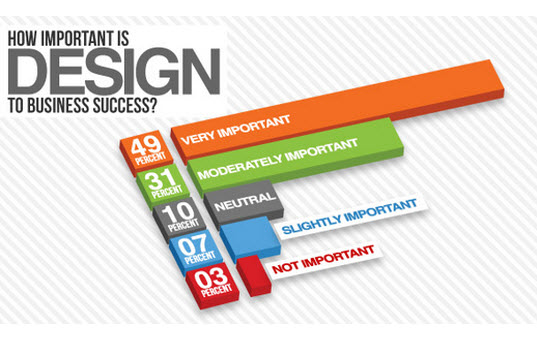The Advancement Of Site Design: From Past To Present
The Advancement Of Site Design: From Past To Present
Blog Article
Content Writer-Pappas Peters
In the past, websites were simple and concentrated on information. Navigation was direct, and layout was for desktops. Now, individual experience is crucial. Information overviews styles for simple navigating. Responsive designs fit various gadgets. Today, dark setting minimizes stress, and minimal food selections enhance navigating. Interactive attributes involve individuals, and bold visuals attract attention. AI assimilation increases interaction. See how design has evolved to improve your on-line journey.
Very Early Days of Website Design
In the very early days of web design, simplicity preponderated. Web sites were standard, with restricted colors, font styles, and layouts. The emphasis was on giving details as opposed to showy visuals. Users accessed the web through slow dial-up connections, so speed and performance were essential.
Navigating food selections were straightforward, usually situated at the top or side of the web page. Websites were made for desktop computers, as mobile surfing wasn't yet common. Material was king, and developers prioritized simple readability over complex layout elements.
HTML was the primary coding language utilized, and developers needed to function within its restrictions. Computer animations and interactive functions were minimal compared to today's criteria. Sites were static, with little dynamic material or personalized user experiences.
Rise of User-Focused Style
With the development of internet site layout, a shift towards user-focused layout principles has ended up being significantly popular. Today, developing sites that focus on customer experience is crucial for involving visitors and achieving company objectives. User-focused design involves comprehending the demands, preferences, and actions of your target audience to customize the internet site's design, web content, and includes accordingly.
Developers now conduct detailed research, such as user studies and functionality screening, to collect insights and responses directly from customers. This data-driven technique aids in creating instinctive navigation, clear calls-to-action, and aesthetically enticing interfaces that resonate with site visitors. By placing the user at the facility of the style process, web sites can provide an extra individualized and satisfying experience.
Responsive design has additionally become an essential aspect of user-focused design, guaranteeing that web sites are maximized for various gadgets and display dimensions. This flexibility boosts access and functionality, satisfying the diverse methods individuals engage with internet sites today. Fundamentally, the rise of user-focused layout signifies a shift towards creating digital experiences that focus on the requirements and expectations of the end individual.
Modern Trends in Web Design
Discover the most recent patterns forming website design today. One prominent pattern is dark mode layout, offering a smooth and modern-day look while lowering eye stress in low-light atmospheres. Another vital fad is minimal navigation, simplifying menus and boosting individual experience by concentrating on essential elements. Incorporating micro-interactions, such as animated switches or scrolling effects, can develop an extra appealing and interactive internet site. Receptive style continues to be essential, guaranteeing seamless customer experiences throughout numerous gadgets. Additionally, using bold typography and unbalanced designs can include visual interest and accentuate certain material.
Incorporating AI modern technology, like chatbots for client support or individualized recommendations, boosts individual involvement and enhances procedures. why not find out more has also become a significant trend, with developers prioritizing comprehensive layout techniques to accommodate diverse user needs. Accepting sustainability by enhancing internet site performance for speed and effectiveness is an additional emerging pattern in website design. Working together with customer comments and data analytics to repeat and enhance design constantly is crucial for staying appropriate in the ever-evolving digital landscape. By welcoming these contemporary trends, you can develop a visually enticing, easy to use site that resonates with your audience.
Conclusion
As you assess the development of web site layout from the early days to now, you can see just how user-focused style has ended up being the driving force behind contemporary patterns.
Embrace the trip of change and adaptation in web design, always keeping the individual experience at the leading edge.
Tippingpointdigital
Stay existing with the current fads and technologies, and never ever quit progressing your strategy to develop aesthetically sensational and straightforward internet sites.
Advance, adapt, and produce - the future of website design remains in your hands.
